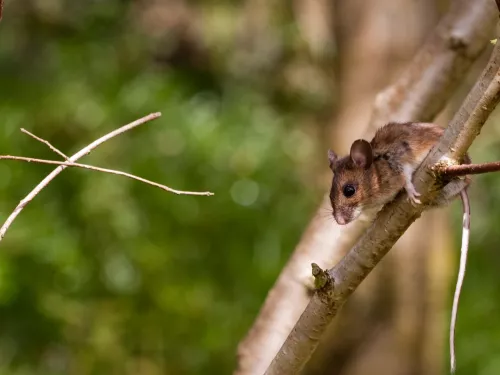
The 4 species of mice you can see in the UK
Mammal expert Stuart Edmunds introduces the four species of mice you can see in the UK.
Learn more about the wildlife and wild places in Kent and beyond.

Mammal expert Stuart Edmunds introduces the four species of mice you can see in the UK.
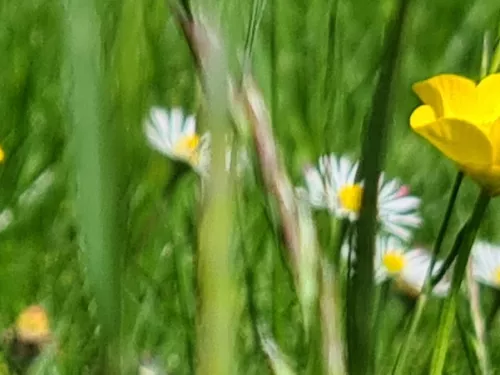
Wild About Garden volunteer, Jim Highman, shares his tips on creating a wildlife friendly garden without the three P's: peat, plastic or pesticides.
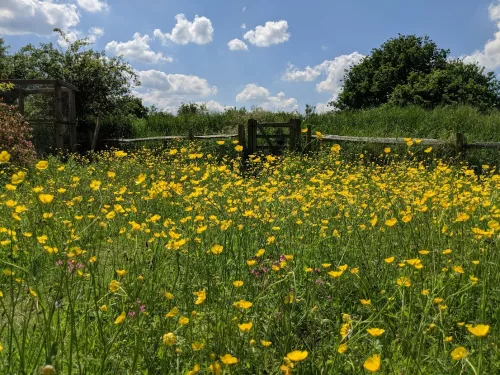
Penny Brook is a Wild About Garden volunteer who has opened her garden to the public. To mark National Gardening Week (1-7 May), we're giving you a sneak peak into her beautiful wildlife friendly garden.
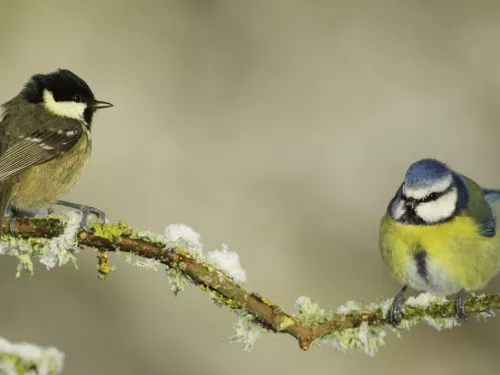
While the weather is getting colder and we are turning up the heat and getting cosy at home, it's easy to forget about the wildlife outside. Take a look at a few ways to help wildlife this winter!
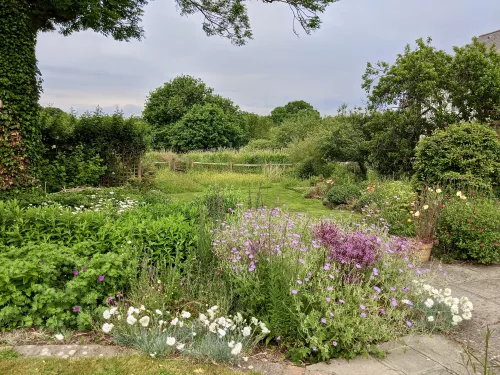
Here are some of Penny and Peter's favourite plants for providing that all-important pollen and nectar for the insects in their garden.
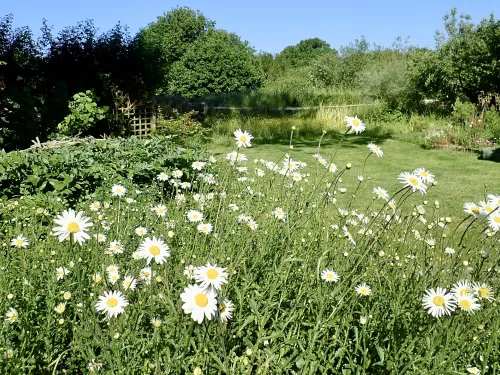
Seeing and hearing bees and other insects in our garden is one of the joys of spring and summer. Recently Peter and Penny have been delighted by solitary bees nesting in their bug homes. Here they share their experience of what did and didn't work to encourage bees and bugs to their garden, and offer some handy tips ahead of National Insect Week.
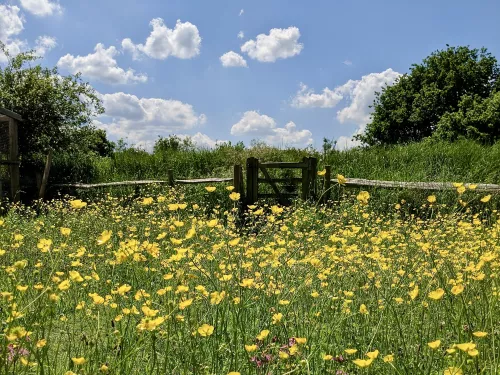
Penny and Peter were inspired to create a patch of wilder lawn about fifteen years ago when they first noticed the leaves of a common spotted orchid in the grass at the bottom of their garden. In this blog, they share their practical experience of turning that part of their lawn into a mini-meadow.
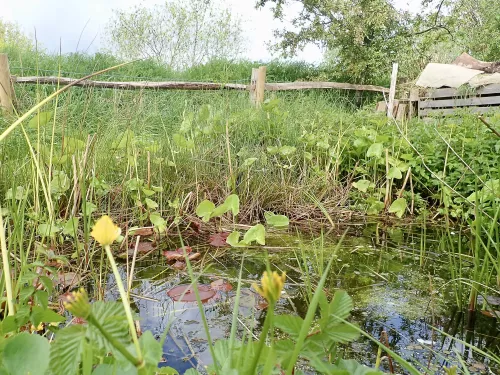
Shy reptiles have a real sense of the wild about them, but did you know they can be found in many garden settings?